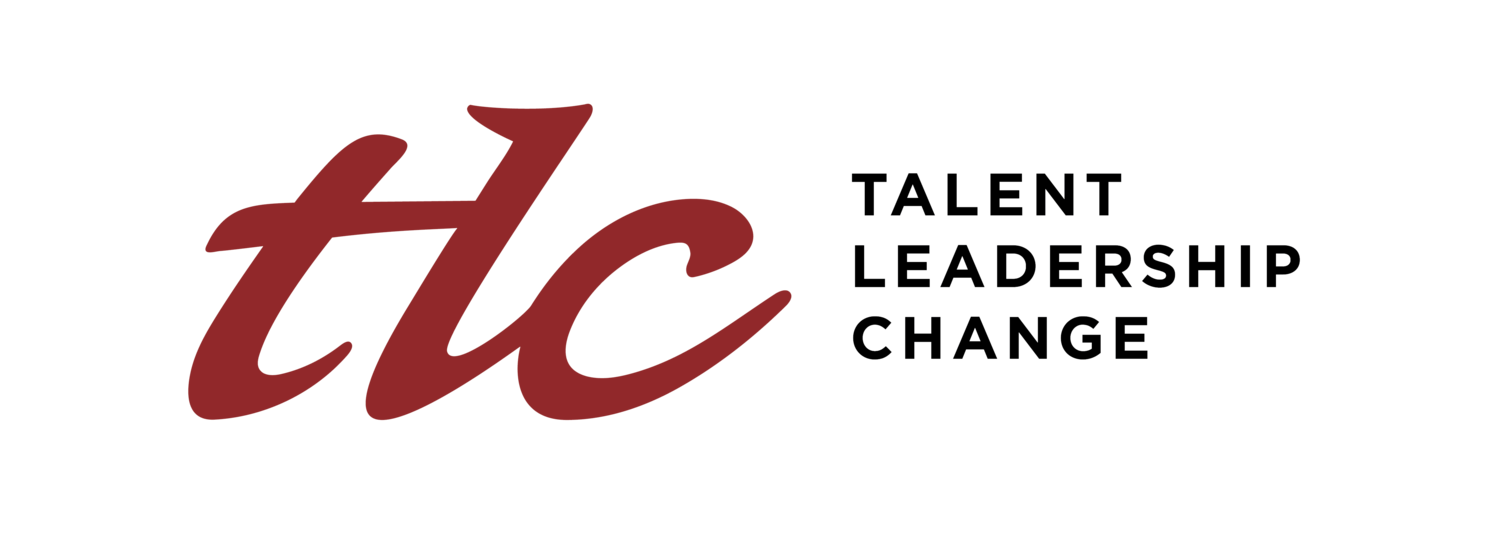CULTURE AS A CORPORATE TOOL
Among Filipino business leaders today, Manuel V. Pangilinan stands out as perhaps the most digitally connected. Nobody else uses the latest social media apps to communicate with thousands of followers among aspiring young men and women like he does.
But in his commencement address before this year’s graduates of the Pamantasan ng Lungsod ng Maynila (PLM), the managing director of Hong Kong-listed First Pacific Ltd. turned somewhat old-fashioned. He said: “There is no magic, no mystery, and no secret recipe. Success springs from values as basic and old-fashioned as being honest and truthful, working hard, playing fair, setting goals, discipline and determination to pursue them.”
You wonder how much of the values of a leader like MVP, as he is popularly known, is translated into the culture of the subsidiaries and affiliates of First Pacific. Starting with just “six people, 50 square
meters of office space and little capital,” he has built the Hong Kong-based holding
company into a “regional conglomerate, employing more than 100,000 people in
most parts of Southeast Asia”.
Studies in the last three decades demonstrate how a company’s culture may be one of its biggest assets and also possibly its strongest liability. A recent work, Corporate Culture and Performance by Kotter and Heskett (2011), which is based on studies of 200 companies, found how the “culture” of a
corporation influences its economic performance “for better or for worse”. Among the findings: a dozen companies with “performance-enhancing cultures” enjoyed a 75%-900% appreciation in equity value over an 11-year period compared with 20 companies that did not have such a culture.
Organization culture is a fuzzy concept and usually refers to “how we see and do things around here”. We get “clues” to the culture of a company through what they wear to work (formal or casual), how they address each other (first names or “sir/ma’am”), the sense of hierarchy (who speaks to whom first or if there is an elevator or lounge exclusive to senior executives), how they run their meetings (“when the boss speaks he rules” or open debate), the kind of work hours they keep (8 to 5 or 24x7 availability) and many other behaviors that are encouraged or discouraged.
“Successful leaders articulate new visions, align and engage their people to model values and beliefs in how they serve stakeholder”
Over the summer break, my team and I ran a summer program for graduating high school students and college freshmen called “Where Aspirations Soar -- Stepping Up to a Bigger World” (WASSUP). It was designed to help the participants strategically decide and plan for their future, especially in the new K to 12 educational framework. A highlight of the summer camp was visits to different workplaces with vastly varying organizational cultures.
Movent, touted to be the biggest digital marketing agency in the country, had its CEO Laurent Goirand himself engaging with the kids together with his chief technology officer. Globe Telecom wowed the students with a tour of their wonderfully designed Globe Tower, while Telus International Philippines gave them a taste of early evening shift in business presentations at their offices at the Araneta Center. What stuck in the minds and hearts of the WASSUP participants though was an entire afternoon of warm and engaging conversation and games spent with the whole management team of Fonterra Brands.
In four or five years, these students will be joining the talent market. They will be faced with the same choices and challenges as PLM’s graduating students. But as early as now, their interactions with the leaders of the four companies have given them a glimpse of various cultures and employment brands.
Leaders like Pangilinan, deliberate or otherwise, define the cultures of their organizations in the very values they espouse and display these in their day-to-day operating lives. The successful ones articulate new visions, align and engage their people to model values and beliefs in how they serve stakeholders. In the process, they create more externally focused, responsive and adaptive cultures.
It will benefit leaders to initiate serious conversations around what their company culture is and to what extent their business results are attributable to that culture. After all, it is this same culture that can be leveraged as a powerful tool to attract the talents a company needs to create its future.
*Published as a monthly Leadership Column in Forbes Philippines
